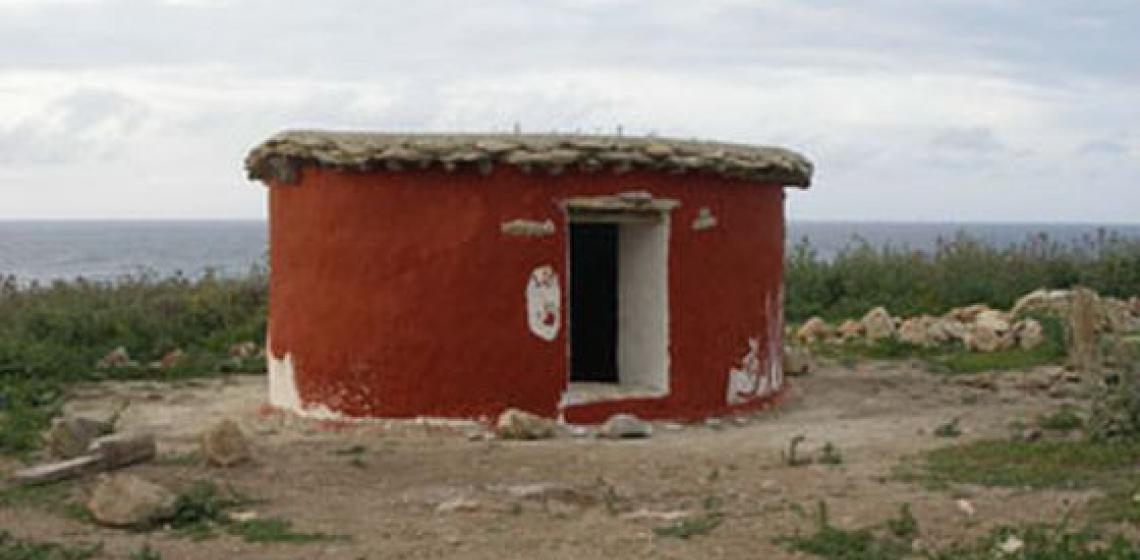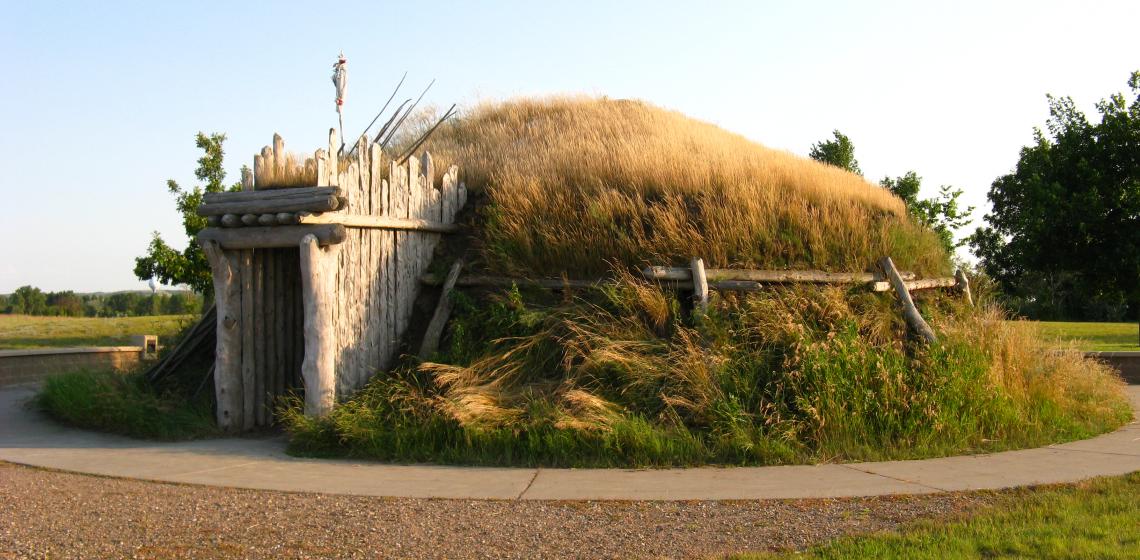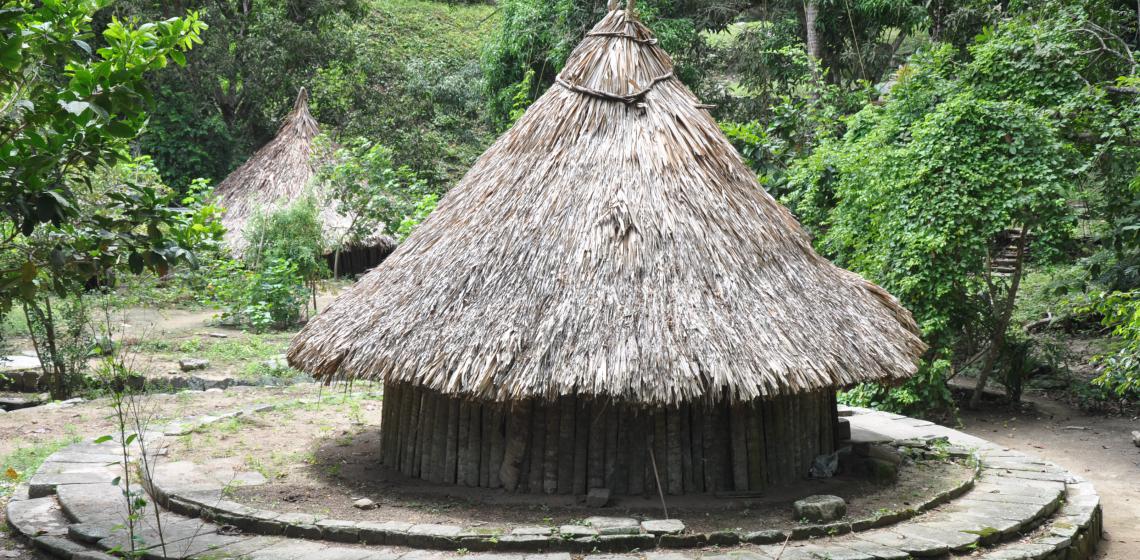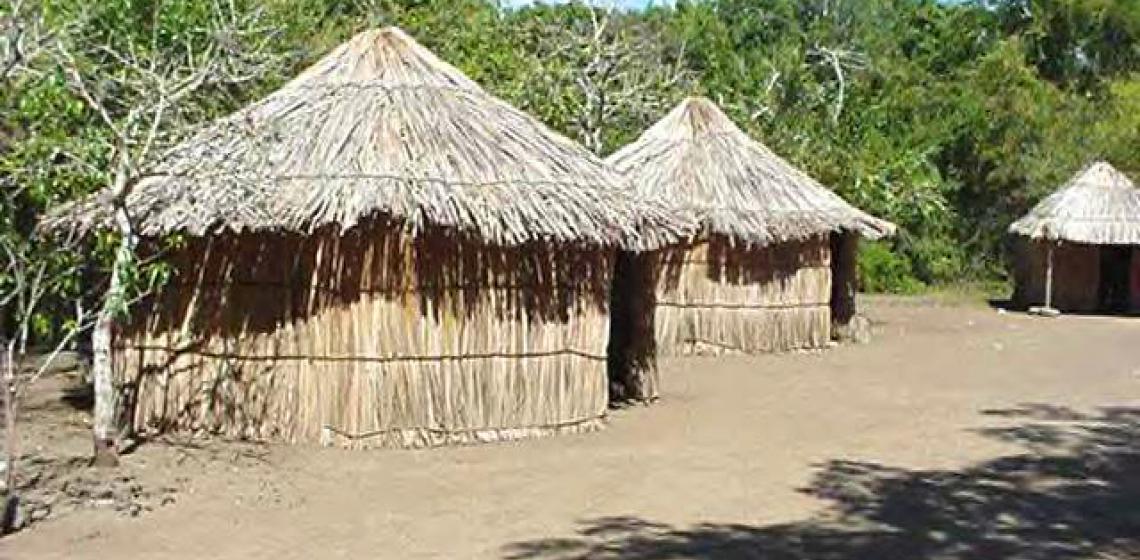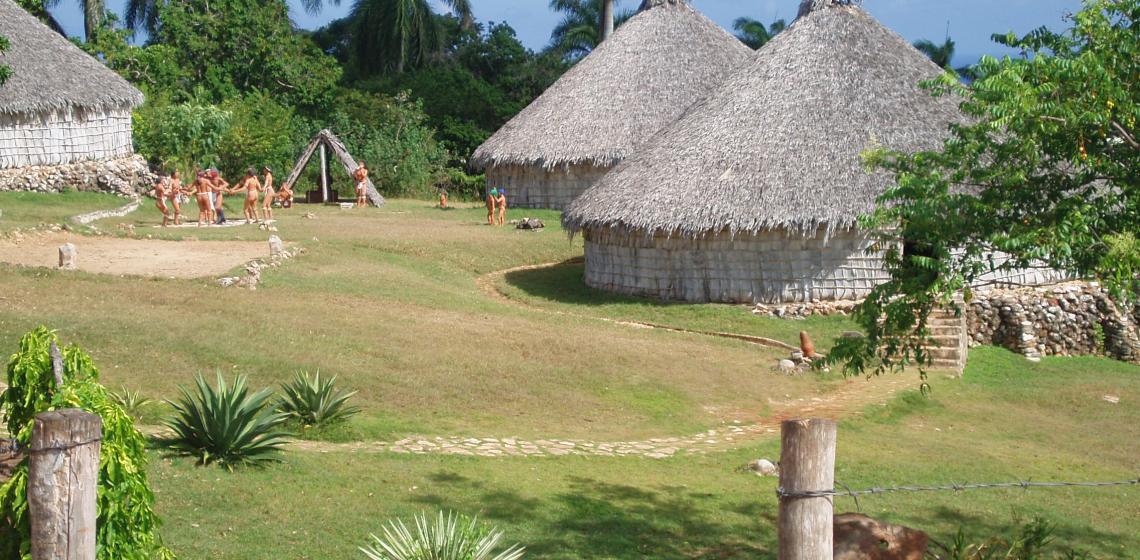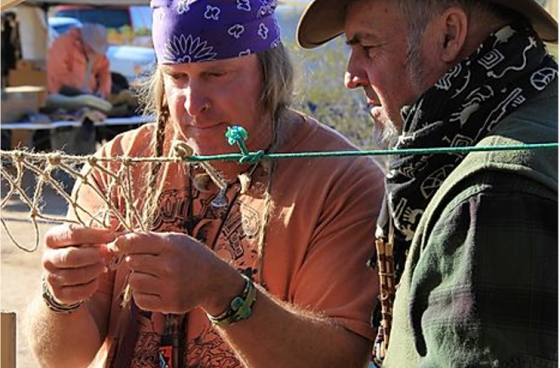The Lost World (RU)
Ethno-archaeological complex "The Lost World" combines research with cultural tourism and recreation. The project is carried out on the initiative and with the participation of the Don Archaeological Society and NP "Yuzharheologiya" . One can visit the Stone Age, Bronze Age, Iron Age and a Cossack type Village.
The Stone Age Village consists of huts, a sanctuary and workshops. The village refers to the Mesolithic and Neolithic before they had ceramics. The huts are a simple wooden frame covered with two layers of reeds. The door is a piece of leather on a wooden frame. The dimensions are about 5x3 m. and building it took about two weeks and has not been changed in three years - it is well protected from heavy rain in summer and autumn and in winter they stand in 30-50 cm snow.


